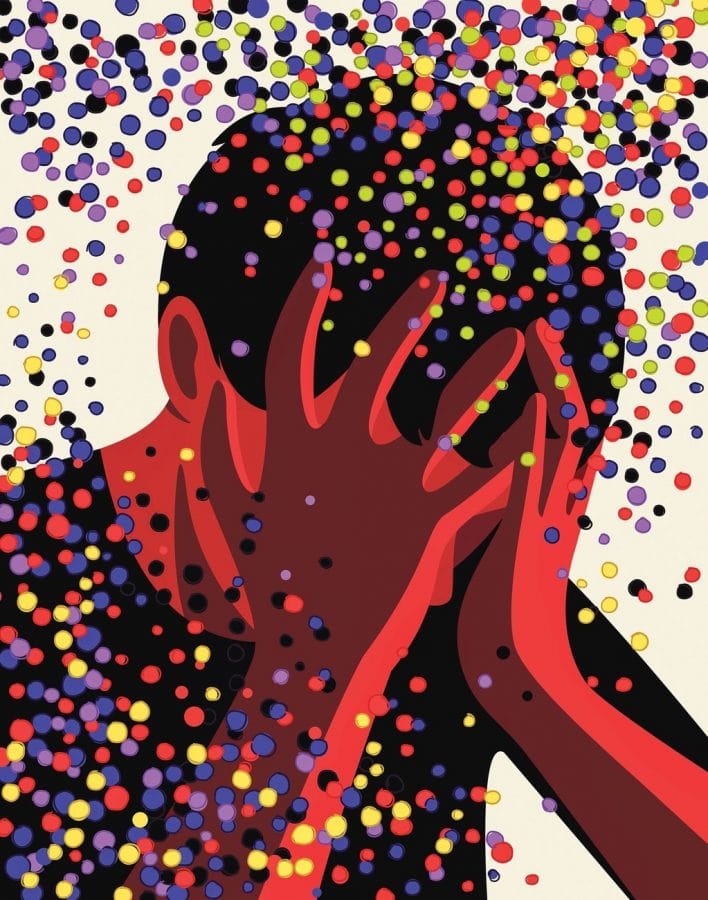India was recorded as the world’s most depressed country. According to a World Health Organization (WHO) report on depression in 2019, this was the case. With nearly 600 million young people in India, one of the world’s youngest populations, and the country on track to become the world’s fifth-largest economy, depression is a problem that many people face, maybe as a result of the country’s rapid economic booster.
India’s economic progress is on pace, or at the very least stable, but at what cost? A large portion of this population has been pursuing financial expansion without taking into account the costs of doing so? The entire country is dealing with a mental health crisis, but it is unable to acknowledge it, despite the fact that it is a major threat.

This could explain why the treatment gap for depression or any suicidal-provoking mental disorder is between 80 and 86 per cent, and why 20 to 37 per cent of Indians with depression do not seek treatment due to the underlying stigma. Mental health is defined by the World Health Organization as “a condition of total physical, mental, and social well-being, rather than only the absence of sickness or disability.”
According to a study, loneliness is the most common cause of sadness in young people. While young Indians now pursue individual goals, the importance of collective consciousness, or the recognition of the significance of society and community in our lives, must not be taken for granted. In fact, the WHO defines mental well-being as the ability to “give to the community” as a major indicator of health. But, children in Indian society are predisposed to be subjected to traditional pressures.

What is the role of parents in the mental health of young adults?
Parental concern is a major contributor to this, as most Indian parents want their children to pursue careers that guarantee a six-figure beginning salary, inherit a life path that puts their children close to them, and live a valuable, basic, and less exciting existence. Prioritizing the needs of young people who are on the verge of depression or who are exhibiting behavioural challenges symptomatic of poor mental health is especially critical, and family and community engagement are required. Even the mentally sick can find support, encouragement, and emotional strength in Indian families.

Millions of Indians have been denied mental health treatment due to a long-standing taboo. In 2017, Chaitali Sinha, a psychologist at HAQ: Center for Child Rights in India and a practitioner-researcher with the global Mental Health Innovation Network, decried the “cocktail of stigma and ignorance” that keeps people from seeking treatment during a televised expert panel debate on NDTV.
Condition of adolescents in India
The age group of 15 to 19 years has the greatest rate of suicide in India, with south India having a larger risk than other regions. Denial is a common coping tactic among caregivers in south India, where the number of teenagers with depression is on the rise. A cross-sectional study that randomly interviewed close to 160 Indian caregivers discovered a high incidence of a fundamental ignorance of the state of mind. Approximately 62 per cent of carers agreed that the person is mostly responsible for his or her mental disorder.

But things do change when given proper explanation and justification. A large part of the reason behind parents’ stubbornness is the way Indian society has been. Resilient and diligent, often burying down such sensitive matters as this, terming it as western. Some part of it might be true, where children often engage in getting involved with cultures from the western and being carried away by that, but not to deny that for the most part, acknowledging and understanding the necessities and depths of pressure and state of peace of mind a child is going through is of major concern.
Also Read: A gendered Shift in Heteronormativity
















